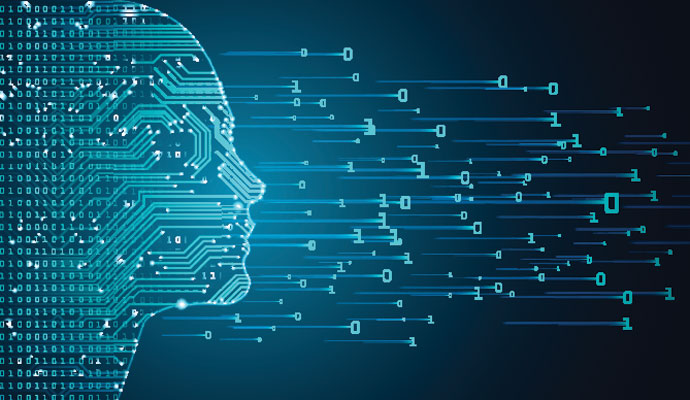AI, Human Collaboration Improves Predictive Analytic Methods
Using both artificial intelligence and human insight can improve the accuracy of predictive analytics.

Source: Getty Images
- According to a multi-institution research team, predictive analytics thrives with input from both artificial intelligence and humans.
“Predictive tasks are ubiquitous — any decision-making in any field or facet of life involves predicting the consequences of the available options before choosing them,” paper author and professor at the University of Michigan’s Ross Business School, Scott E. Page, said in a press release.
“Understanding the perils and promises of these assemblages and crafting a proper balance between the two is a major concern moving forward.”
According to Page, concerns arise when removing the human element from data analytics. While humans make medical predictions based on experience, some data, and gut instinct, machines will make predictions based on data and how it was trained.
According to researchers, humans’ approach to predictions is far more nuanced than AI methods. Page explained that although AI handles big data well, humans are better equipped to analyze “thick” data. Rather than examining many data points of the same type of data, like in big data, thick data with few data points can tell a fuller story.
“Big data and thick data working together will produce more accurate collective predictions,” Page said. “Thick data can catch and draw attention to constellations of factors that might slip through the cracks between separated big data variables. Even though big data cast a wider net, that net contains holes.”
The researchers mathematically tested how human and AI inputs might result in different predictions. The team found that typically, AI did not need human input to make accurate predictions.
However, in atypical cases with more unknown or surprise factors, humans assisted in reducing potential AI errors. The results indicated that predictive analytics works best when artificial intelligence and humans work collaboratively.
“So long as humans can continue to identify different attributes, that is, continue to construct thicker data, or better understand atypical cases, they will continue to increase accuracy,” Page said. “Rather than a competition between humans and computers, the future of hybrid predictors will be a complex search for symbiosis.”
The team plans to continue exploring how partnering AI and humans can improve predictive analytic methods.
“The particulars cannot be known, but we can almost certainly predict that the roles and contributions of the participants will both adapt to ever-growing data and greater computational power,” Page said.
“The present and future of cognitive work will surely involve a mangle of humans, algorithms, datasets, subjects, objects, and domains. As they seek to understand the work, these hybrid groups will also shape it.”
